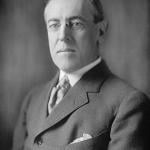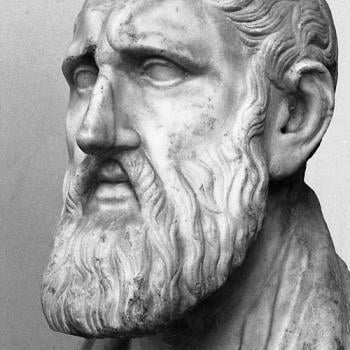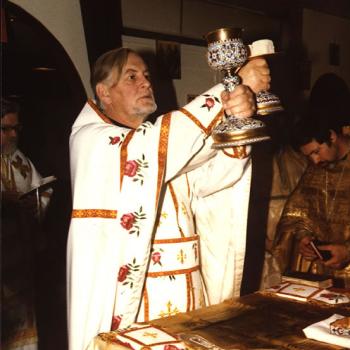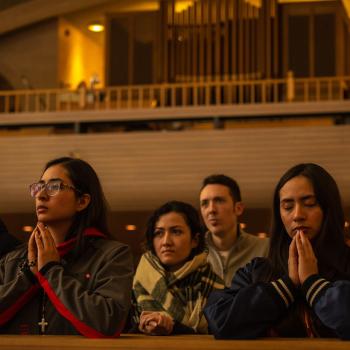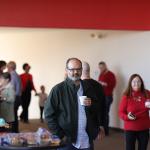Roger Olson is an evangelical theologian who is far from being a fundamentalist and is really not all that conservative. But he has written a book entitled Against Liberal Theology: Putting the Brakes on Progressive Christianity.
He has been discussing it at his Patheos blog, and in my opinion he cuts to the heart of the matter in defining the various manifestations of liberal theology. In his post Liberal Theology’s Sources and Norms, he says of the liberal theologians he has studied,
They all say, in one way or another, and I quote them, that the best of modern thought is the controlling authority for what they believe and what Christians should believe in order to be relevant to modern men and women. . . .
In all of the liberal theologians, traditional Christian sources and norms such as the Bible and Christian tradition, take a back seat to modern thought in terms of what can be believed by people enlightened by modernity.
The outcome in liberal theology is a belief system radically accommodated and altered, so much that it is unrecognizable as Christian.
What about the Bible? What do liberal theologians believe about Scripture, the traditional source and norm for Christian belief?
In another post, The Liberal View of the Bible, he gives an answer:
Most liberal theologians of the 20th century, anyway, view the Bible as a collection of sacred, transforming symbols. In the chapter I call this “symbolic realism,” a phrase I borrow from Catholic theologian Michael Novak. Symbolic realism is Paul Tillich’s theory that real symbols, as opposed to signs, have power to transform which makes them revelatory. However, they do not have to be intrinsically connected to real historical events. Tillich even said that IF it should turn out the Jesus never existed, that would not affect Christian faith.
Liberal theologian Delwin Brown wrote that “To summarize my view, the Bible is not the criterion of truth” and “The Bible does not ‘norm’ us, it does form us.” (63) John Shelby Spong wrote that the Gospels are “treasured biblical tales” and “history…interpreted in rather dramatic and fanciful ways.” He knows this because “the way life is now understood” and”the light of contemporary understandings of the world.” What is that “way” and what is that “contemporary understanding?” It is, I argue, a naturalistic worldview in which nothing happens that cannot be explained by natural laws. Except in the “inner life” of the individual. But, of course, most philosophical naturalists would not even allow that exception.
So “the best of modern thought,” not the Bible, is the authority for liberal theology. This brings several thoughts to mind. . . .
(1) Modern thought, of course, includes many different sets of ideas–existentialism, Marxism, feminism, postmodernism, critical theory, queer theory, and on and on–and of course there are indeed different brands of liberal theology for all of them. Furthermore, modern thought, being defined in temporal terms, is always changing, so liberal theology must always change in accord with the latest moment, “the way life is now understood.” So liberal theology lacks any ontological grounding, any truth.
(2) This explains why liberal churches are shrinking. The assumption had been that accommodating modern thought would be a way to make Christianity relevant. But contemporary people already have contemporary thought. Liberal theology, in accepting modern thought and eliminating what is distinctly Christian, adds nothing to that!
(3) What if, in the ebb and flow of secular thought, ideas that we might now classify as “conservative”–such as libertarianism, nationalism, or even strict morality–would come into vogue? Then we would have a liberal theology whose source and norm is conservative but still not Biblical. Is this happening?
(4) We have already been hearing in some evangelical churches that we should change our worship practices in accord with modern tastes. Some are even saying that churches should change their teachings about sexual morality in line with “the way life is now understood.” Isn’t this the impulse of liberal theology?
Illustration via PICRYL, Creative Commons CC0 1.0



